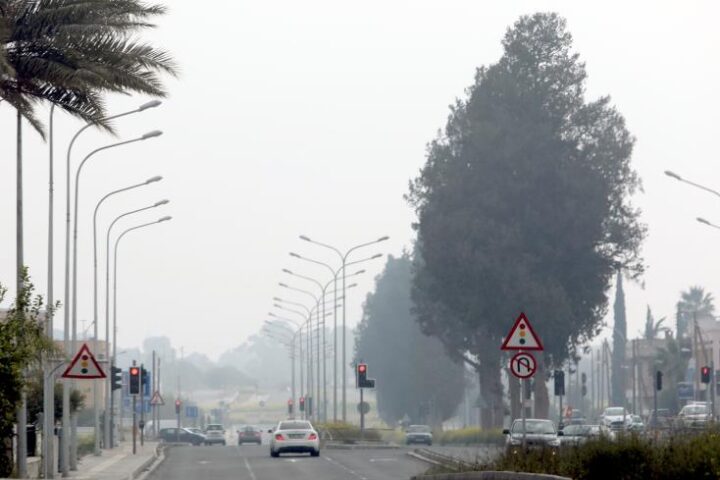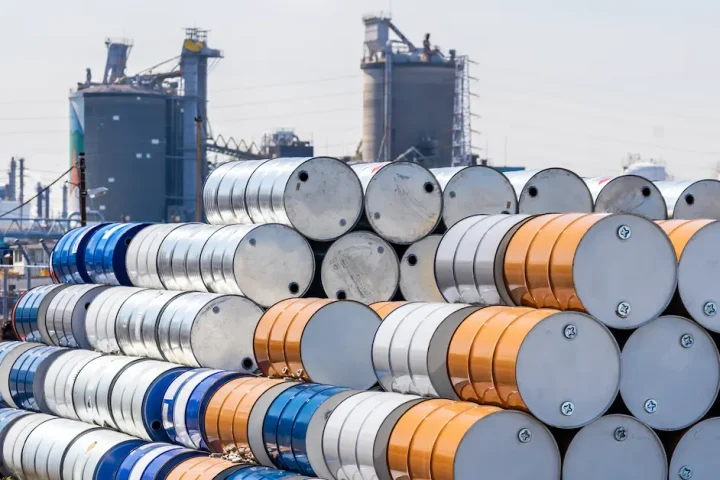.
Indian stars are aligning
Marcuard's Market update by GaveKal Research
Those investors who seek celestial alignment may have noticed that India’s maiden mission to Mars pretty much coincided with equities rocketing to an all-time high.
The ‘Mangalyaan’ orbiter safely exited the launchpad last week, but the real test will come when the module exits the earth's orbit in a risky slingshot maneuver towards its ultimate destination. We would argue that Indian equities are at a similarly critical juncture, and that while risks remain, the stars are aligning for a significant market rerating.
Indian financial assets suffered disproportionately in the summer sell-off due to weak fundamentals that were amplified by contradictory policy responses. Since taking over at the head of India’s central bank in September, Raghuram Rajan’s responses have cheered foreign investors, resulting in a flood of money flowing into big cap stocks even while the broader market has lagged. The concern is whether these same flighty investors quickly flee the Indian market should concerns resurface about the US exiting its current monetary settings.
The good news is that India’s external sector is much improved. The effect of an 11% YoY rise in exports and curbs on gold imports means the current account may register a small surplus in 3Q13, compared to a 4.9% deficit in 3Q13. As a result, India is looking to run a deficit of about 3% of GDP in the year to March. The currency has stabilized at about 61-62 rupees to the dollar, while foreign reserves have risen by $10bn over the last six weeks to $283bn. The pay-off from this improved external position is that the central bank has been able to roll back most of its liquidity tightening measures, which is supportive of equities
To be sure, this central bank loosening-up has been somewhat offset by Rajan’s focus on the consumer price index rather than the wholesale price equivalent (currently at 6.5%), which has led to a 50 bps increase in the benchmark repo rate over the last two policy meetings. Headline CPI continues to be driven higher by spiking food prices, but the governor’s considerably less hawkish statement after the latest policy meeting suggests that barring an unlikely uptick in core CPI inflation from the current level of around 8%, further rate hikes are unlikely.
Encouraging signs are also to be detected in India’s supposedly moribund infrastructure sector—an index of eight “core” infrastructure-related industries suggests that output accelerated by 8% YoY in September, the fastest pace for more than a year. And in a bid to juice up its fairly doleful prospects in next year’s general election, anecdotal evidence suggests that the government is tackling bureaucratic delays that stymie big projects.
On balance, it seems that economic growth is stabilizing at about 4.5-5%, albeit markedly below the average 8.5% seen over the last decade. Given that growth seems to have found a floor, Indian equities look fairly valued at 14x forward earnings compared to a long term average of about 16x.
The reason to believe in a re-rating back toward the long run average is that the political climate seems finally to be turning more favorable to economic reform. The bumbling incompetence of the current administration provides plenty of fodder for the opposition’s controversial leader, Narendra Modi, to sway voters in favor of his pro-business grouping. Opinion polls suggest that the National Democratic Alliance (NDA) could win in provincial elections slated for key states in December. Victory would help build momentum toward next year’s national ballot. Should the market start to look forward to a better political environment, it will suck up lackluster earnings and economic growth that are likely to occur in the coming quarters.







